- Home
- About Us
- Products
-
Heat-Pump Dehumidifier DeAir
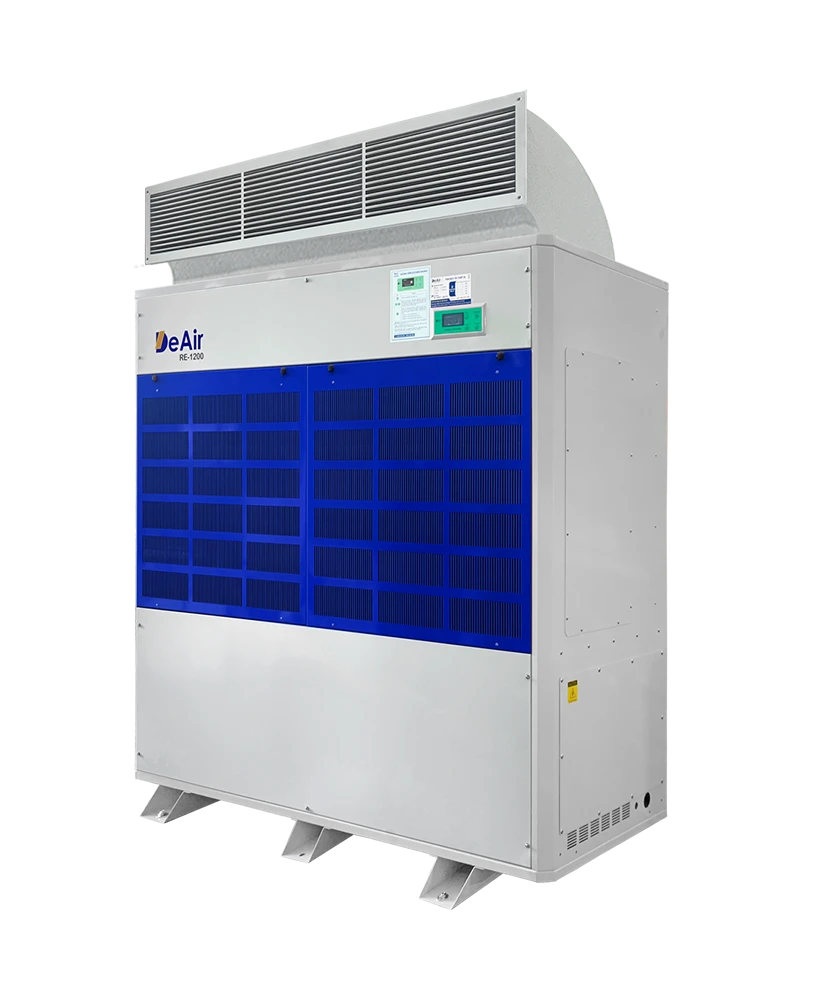 DeAir.RE
DeAir.RE -
Heat-Pump Dryer DeAir.RE-H
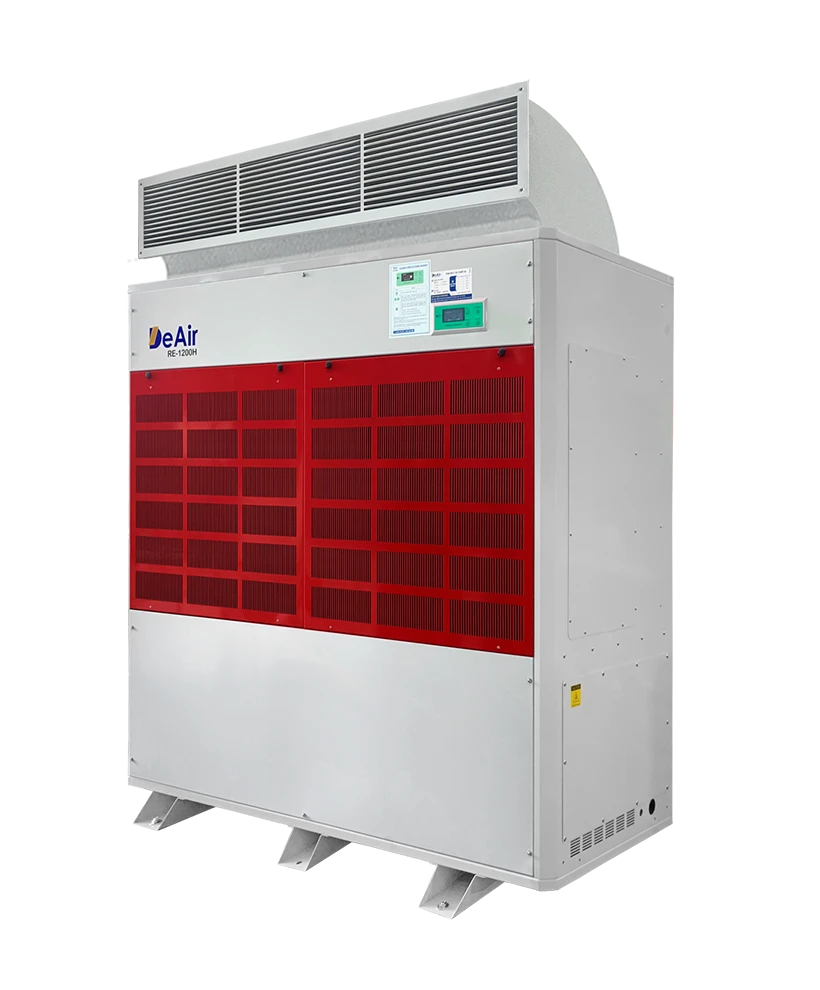 DeAir.RE-H
DeAir.RE-H -
Heat-Pump Stainless Steel Dehumidifier
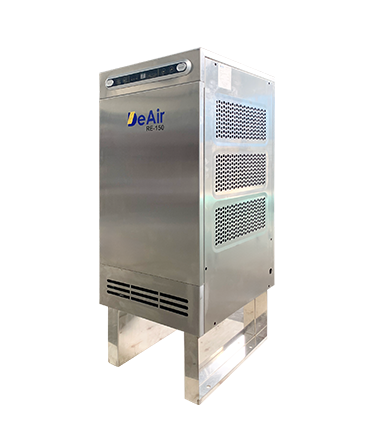 DeAir.RE-INOX
DeAir.RE-INOX -
Heat-Pump Isothermal Dehumidifier DeAir.CRE
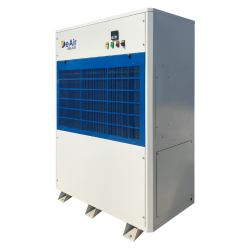 DeAir.CRE
DeAir.CRE -
Dezenno Dehumidifier
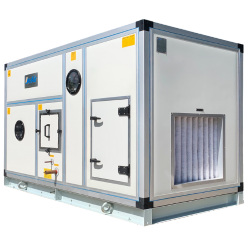 Dezenno
Dezenno -
Heat-Pump Ceiling Mounted Dehumidifier DeAir
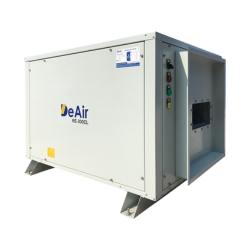 DeAir.RE-CL
DeAir.RE-CL -
Dehumidifier Olmas
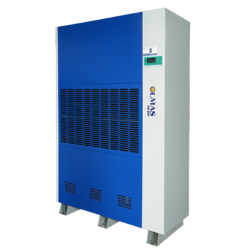 Olmas-OS
Olmas-OS -
Industrial Humidifier DeAir
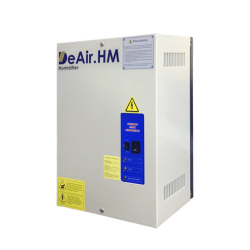 DeAir.HM
DeAir.HM -
Heat-Pump Dryer Daxwell
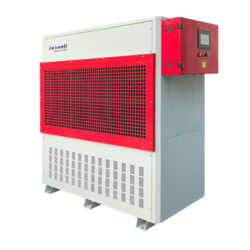 Daxwell
Daxwell -
Electric Duct Heater DeAir
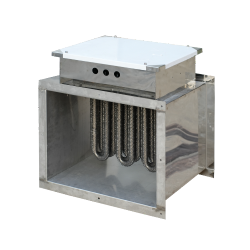 DeAir.Heat
DeAir.Heat -
Air Handling Unit Dezenno.MAX
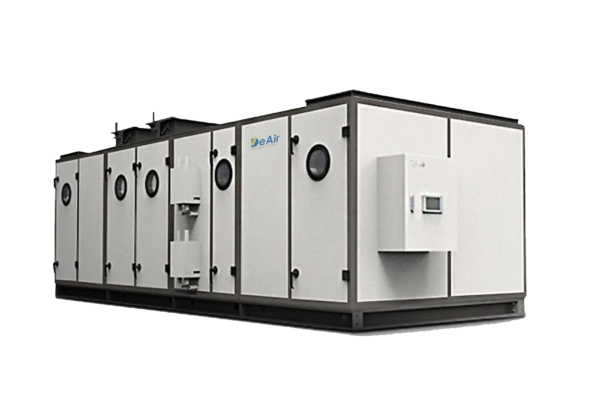 AHU
AHU
-
- Services
- Projects
- Warranty – Maintenance
- News
- Contact
From "Bumper Crop, Low Prices" to Export-Quality Soft-Dried Mango: The Daxwell Heat-Pump Drying Process
24/11/2025
The Solution to the "Bumper Crop, Low Price" Paradox of Mekong Delta Mangoes
Every peak harvest season, images of ripe mangoes in the Mekong Delta piled up on roadsides, sold at cheap prices, or even discarded because traders cannot buy them fast enough, are heart-wrenching. Mango is a "difficult" fruit: high in water and sugar, it spoils and ferments easily when ripe, making fresh preservation a major challenge.
Transitioning from selling fresh fruit to deep processing—specifically Soft-Dried Mango—is the only way to increase value, extend shelf life, and bring Vietnamese agricultural products to the international market. According to the Ministry of Industry and Trade of Vietnam, the demand for dried tropical fruits in the EU and US markets is growing strongly, opening up huge opportunities. With modern drying technology from DeAir, mangoes not only escape the "rescue" cycle but become high-value export products.

Table of Contents
- 1. Ingredient Selection: The First Step to Quality
- 2. Standard Preparation Process: The Secret to Preventing Browning
- 3. Infographic: Comparing Mango Drying Technologies
- 4. Setting Up the Drying Process on Daxwell (Heat-Pump Technology)
- 5. The Secret to Preventing Post-Drying Moisture Regain
- 6. Frequently Asked Questions (FAQ)
1. Ingredient Selection: The First Step to Quality
Not every mango is suitable for drying. Based on practical experience:
- Variety: Varieties with thick flesh and little fiber, such as Keo or Cat Chu mangoes, are most suitable for processing.
- Ripeness: Select mangoes that are "nearly ripe" or just ripe (80-90%).
- If too green: The product will be sour, pale, and lack chewiness.
- If too ripe (mushy): Difficult to slice, easily crushed, and high sugar content can lead to burning or alcohol fermentation during drying.
2. Standard Preparation Process: The Secret to Preventing Browning
Color is the most important factor for dried mango. To avoid browning due to enzymatic oxidation, strict adherence to the process is required:
- Washing & Peeling: Use sharp stainless steel knives. It is mandatory to completely remove the green skin and any scars/bruises. Reason: Mango skin contains high levels of Tannin. If left behind, Tannin will oxidize rapidly in the drying heat, causing the slice to turn black/brown, ruining aesthetics.
- Slicing: Slice vertically along the fruit. Standard thickness is 8-10mm to ensure the best chewiness.
- Too thin (<8mm): Mango becomes dry, hard, and loses elasticity.
- Too thick (>10mm): The surface dries but the inside retains moisture, leading to souring after packaging.
- Soaking (Optional): Soak in a sugar solution or natural antioxidants (like Vitamin C/citric acid) to preserve color and enhance sweetness if the mango is slightly sour.
3. Infographic: Comparing Mango Drying Technologies
Which Method is Optimal for Soft-Dried Mango?
SUN DRYING
- Color: Prone to browning due to strong oxidation.
- Hygiene: Poor (dust, fruit flies).
- Time: Weather dependent (2-3 days).
HIGH HEAT (Resistance)
- Color: Brownish (due to caramelization).
- Nutrition: Vitamin C loss due to >70°C temp.
- Cost: High electricity consumption.
HEAT-PUMP (Daxwell)
- Color: Retains natural vibrant yellow.
- Nutrition: Preserves Vitamins & Flavor (30-60°C).
- Cost: Saves 50-70% on electricity.
4. Setting Up the Drying Process on Daxwell (Heat-Pump Technology)
The Daxwell Heat-Pump Dryer by DeAir allows programming of multi-stage drying processes via an HMI screen, ensuring consistent quality:

Suggested Multi-Stage Heat-Pump Drying Process:
Use the Daxwell HMI screen to set up:
- Stage 1 (Surface Moisture Removal): Dry at 45-50°C for the first 2-3 hours. Strong wind sets the surface quickly, preventing bacteria and maintaining shape.
- Stage 2 (Main Drying): Increase to 55-60°C for the next 5-7 hours. This is the phase where the most water exits from the inside.
- Stage 3 (Finishing): Reduce to 50°C, drying until humidity reaches 15-18% (standard moisture for soft-dried mango).

Superior Advantage: Drying at low temperatures (below 60°C) helps retain the vibrant yellow color (beta-carotene) and natural sweetness, without caramelization (burnt sugar) or darkening seen in high-heat methods.
5. The Secret to Preventing Post-Drying Moisture Regain: A Vital Step Often Missed
A common mistake is letting the mangoes cool naturally in normal air after drying. At this point, the mango is very dry and warm, acting like a "sponge" that absorbs moisture from the environment extremely fast. This phenomenon is called moisture regain, causing the mango to become sticky, watery, and prone to mold after packaging.
DeAir Expert Solution:
- Immediately after removal from the oven, move the drying racks into a closed cooling room.
- Use a dehumidifier (DeAir.RE industrial series or preferably the isothermal DeAir.CRE) in this room to maintain low humidity (below 40-50%RH).
- This helps the mango cool down quickly, keeps the surface dry, retains chewiness, and ensures long-term preservation.

5. The Economic Equation: Elevating Product Value
Investing in deep processing technology brings superior profits:
| Criteria | Fresh Mango (Peak Season) | Soft-Dried Mango (Finished) |
|---|---|---|
| Average Price | 5,000 - 10,000 VND/kg | 250,000 - 350,000 VND/kg |
| Shelf Life | 5 - 7 days | 6 - 12 months |
| Market | Domestic, high risk | Export, Gifts, Supermarkets |
Specifically, the Daxwell dryer with Heat-Pump technology saves 50-70% on electricity compared to resistance drying, significantly reducing the Cost of Goods Sold (COGS) and maximizing profit margins for the business.
6. Frequently Asked Questions (FAQ)
1. Does drying mango with a Heat-Pump consume a lot of electricity?
It is very economical. Heat-Pump technology recycles heat energy, saving 50-70% of electricity compared to resistance drying, significantly reducing production costs.
2. What is the difference between soft-dried and crispy-dried mango?
Soft-dried mango uses low-temperature drying (Heat-Pump) to remove part of the water, retaining about 15-18% moisture and chewiness. Crispy-dried mango typically uses vacuum frying or freeze-drying technology to remove water completely, creating a crunchy texture.
3. Does DeAir offer sample drying support?
Yes. We have a Lab and test drying machines at our factory. Customers can bring mangoes for a free drying test to verify quality before investing.
Rescue Agricultural Products with Sustainable Technology!
Contact DeAir today for a consultation on the optimal cost solution for export-quality soft-dried mango. We accept free sample drying at our Lab!
DEAIR JOINT STOCK COMPANY
Email: operation@deair.com.vn
Hotline: +84 925 977 579 (Ms. Tam) | +84 914 205 850 (Ms. Hoa)
Website: deair.com.vn
Sign up for news from DeAir
Related news









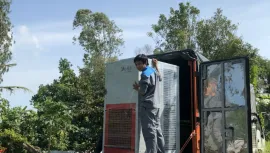
![[Case Study] DeAir Installs DeAir.De Rotor Humidity Control System for Pharmaceutical Plant in Binh Duong [Case Study] DeAir Installs DeAir.De Rotor Humidity Control System for Pharmaceutical Plant in Binh Duong](https://deair.com.vn/thumbs/news/2023_04/ban_giao_may_cho_duoc_bd/[270x153-cr]image1-1024x772.jpg__cv.webp)
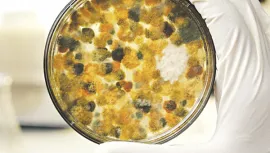
![[Review & Guide] Olmas OS-300: The New Humidity Control "Warrior" for Medium to Large Warehouses [Review & Guide] Olmas OS-300: The New Humidity Control "Warrior" for Medium to Large Warehouses](https://deair.com.vn/thumbs/news/huong_dan_su_dung_may_olmas_21/[270x153-cr]vtm06440.png)